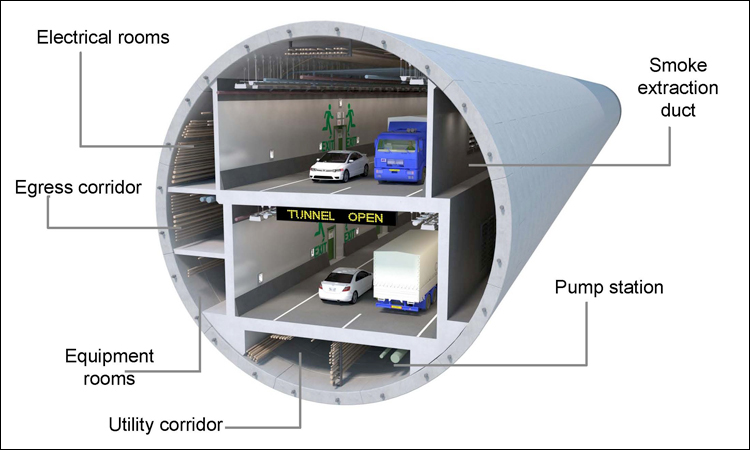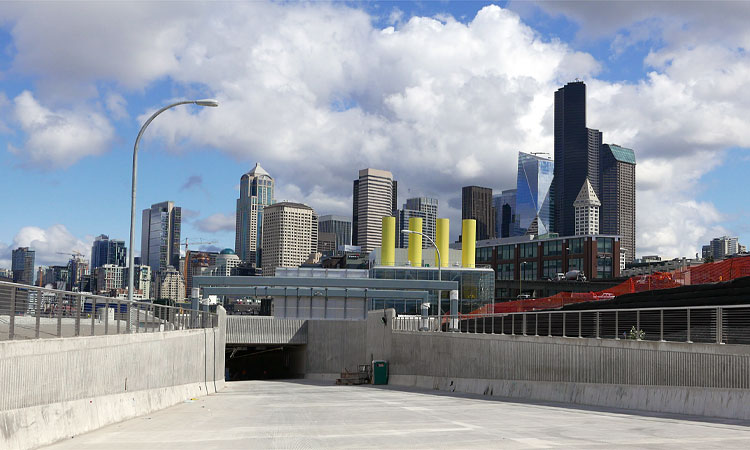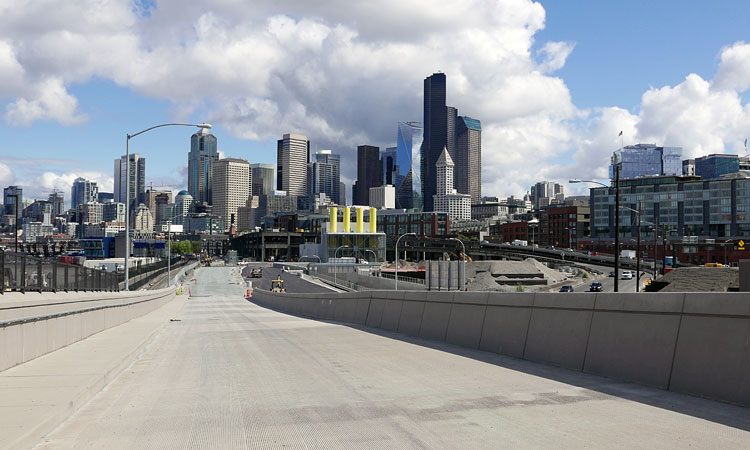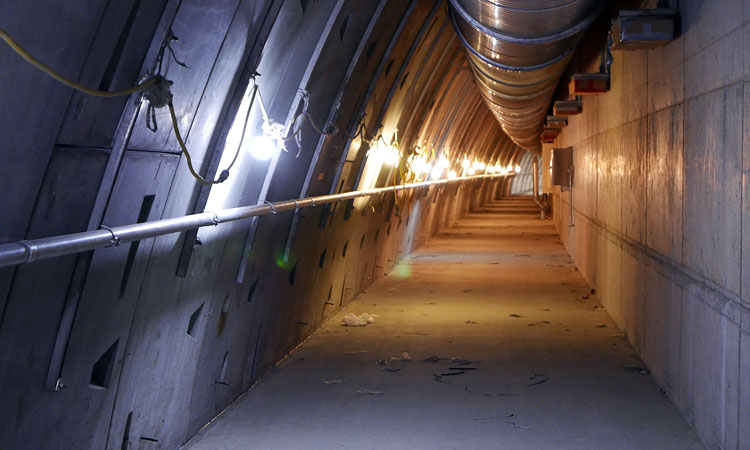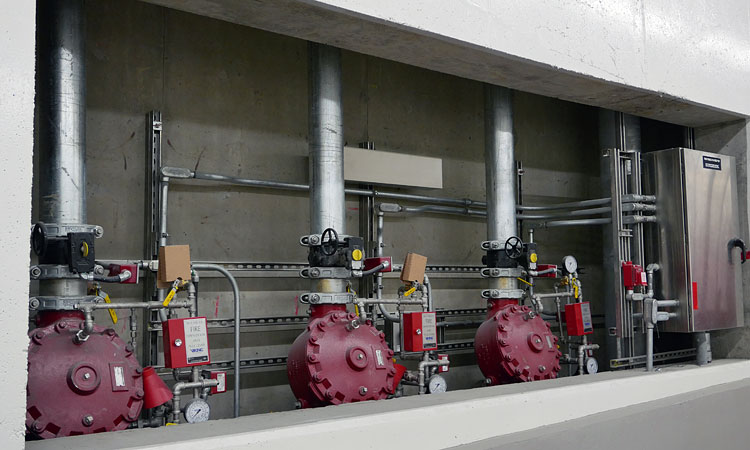Alaskan Way Replacement Tunnel soon open
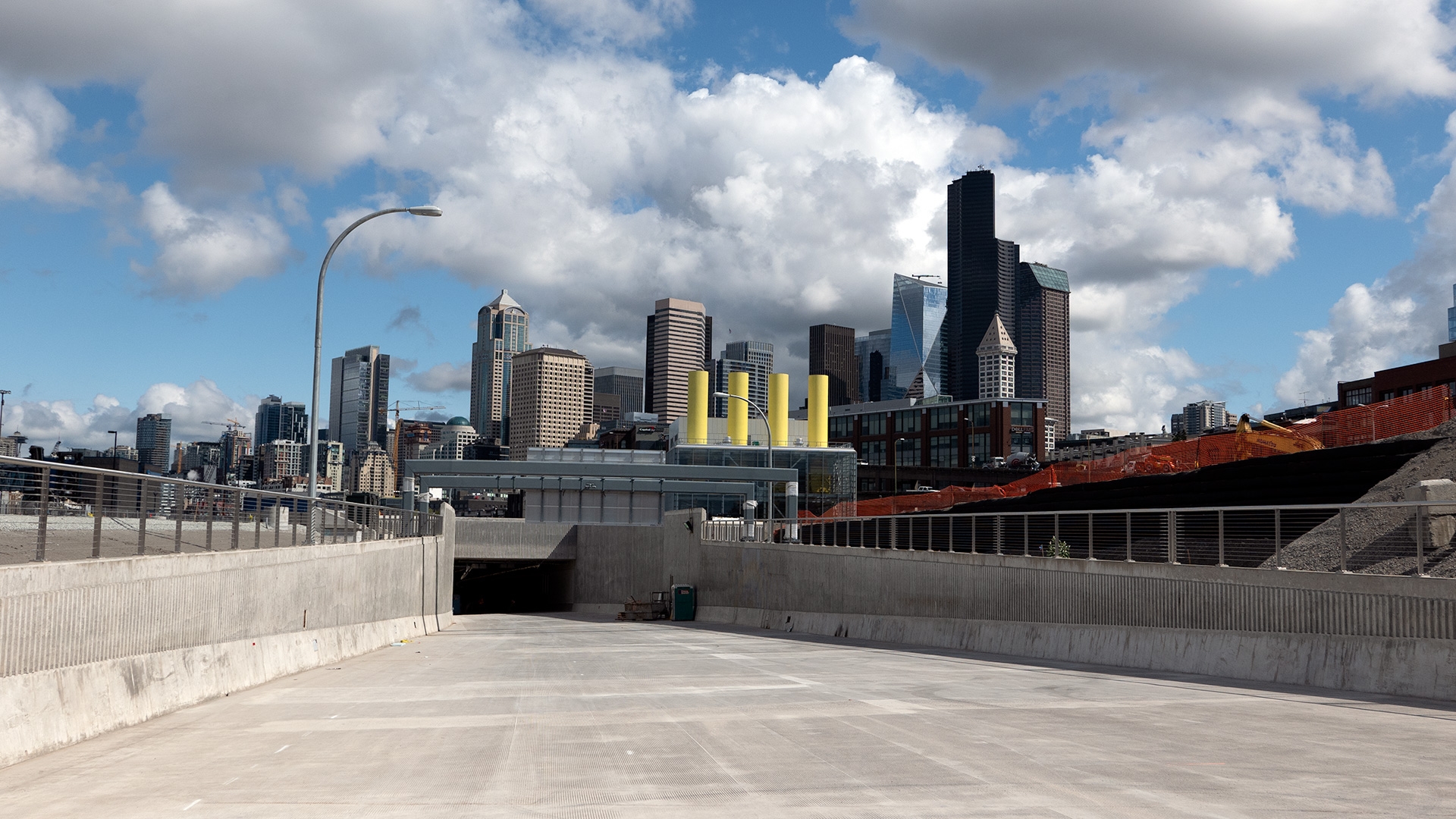
The viaduct runs above Alaskan Way along the Elliott Bay waterfront, from the Belltown Battery Tunnel in the north to South Nevada Street in the south. In 2001, the viaduct was damaged by an earthquake, and although immediate repairs were made to reopen the facility, it became apparent that the viaduct was nearing the end of its useful life and needed to be replaced.
The total cost are more than $3 billion and the waterfront viaduct replacement including north and south access and new north surface street connections represents more than $2 billion.
The Alaskan Way Viaduct Replacement Program is a partnership between:
- The Federal Highway Administration (FHWA) that is responsible for ensuring that the viaduct replacement projects meet federal regulations,
- The Washington State Department of Transportation (WSDOT) that is responsible for highway inspections and major maintenance, and for ensuring that state regulations are followed,
- King County that is responsible for implementing transit changes and improvements associated with the program,
- The Port of Seattle that relies heavily on the SR 99 corridor
- The City of Seattle that is responsible for viaduct traffic operations and minor maintenance and owns and maintains the area, the viaduct and many of the utilities
The project, which was originally scheduled for completion in December 2015, was halted in 2013 due to machine damage after encountering a steel pipe that was used to measure groundwater in 2002 around the Alaskan Way Viaduct.
Illustrations: The Alaskan Way Viaduct replacement tunnel Program
Both north and south tunnel entrances feature an operations building. These buildings run the tunnel’s lighting, traffic management and safety systems, house maintenance facilities, and each operating building feature four 12 meter high distinctive yellow ventilation stacks, supporting a ventilation system designed to handle a 100 MW fire. Although there will be restriction for transport of dangerous goods and there is no requirement for active fire-suppression systems, such a system is installed in the tunnel to ensure a high safety level.
Tunnel fire system contains of a linear heat detector system, a suppression deluge system, a ventilation system, fire hose cabinets and a 24/7 automatic and manual monitoring and control system control by a sentraliced tunnel control centre. In addition there is emergency exit and escape corridors in both sections.
The tunnel ventilation systems contains of centrifugal fans, 4 fans (500hp) at each building connected by common extraction 2 miles duct Jet fans. 17 jet fans positioned at the tunnel entrances and exits will draw and push fresh air through the tunnel. Six maintenance air fans provide fresh air to the maintenance areas, egress passageways, electrical rooms and other “back of house” areas in the tunnel.
Photos: Arild P. Sovik, Tunntech
What impressed us the most was the significant positive impact a tunnel project can have on an urban area. Releasing new areas for pedestrians and creating a more environmental friendly atmosphere in the waterfront area, will give a great positive impact on Seattle as a travel destination, but also improving everyday life conditions in the city.

 En
En 


